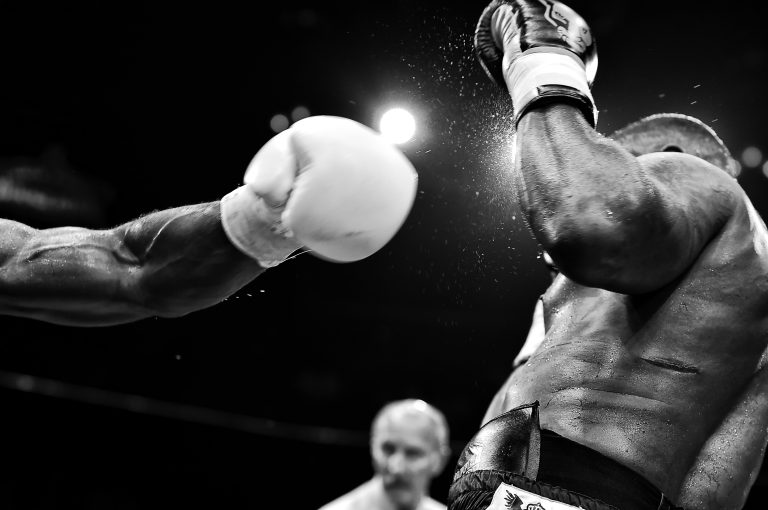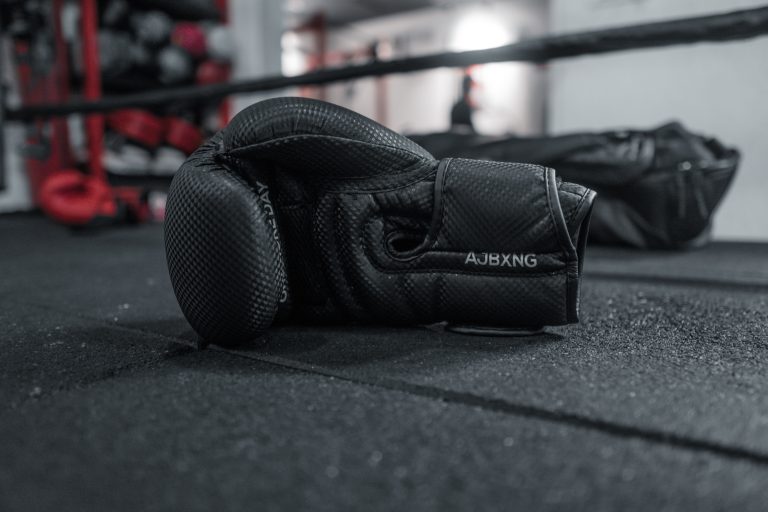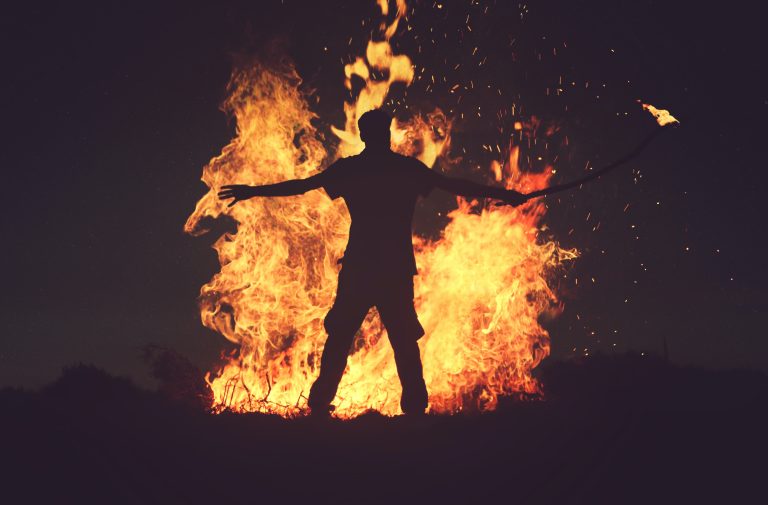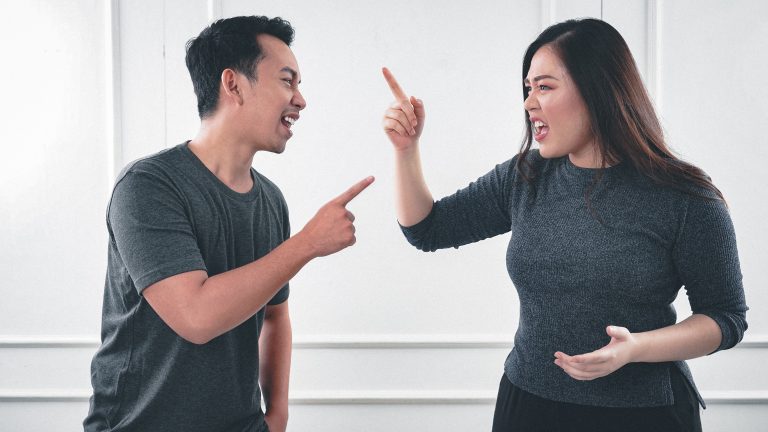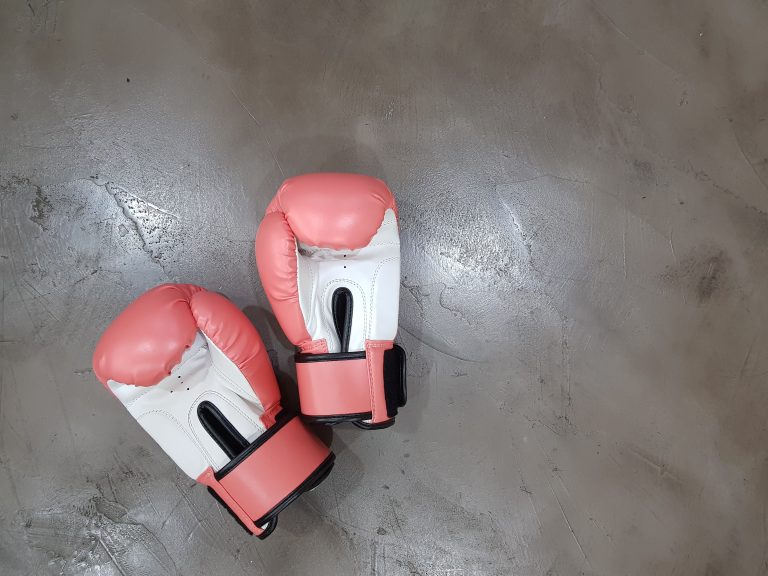Karate: A Comprehensive Guide to Learning the Basics
Karate is a popular martial art that has become West’s answer to the ancient Oriental martial arts. Karate teaches discipline and techniques for self-defense. It covers a vast range of techniques, from different strikes and kicks to weapons defense.
Learning karate can be a rewarding experience, whether you want to practice it as a hobby or as a way of achieving physical and mental health. But before starting a karate training program, it’s important to understand the basics of the art. In this blog post, we’ll provide a comprehensive guide on how to learn karate for beginners. We’ll run through the fundamentals of the sport and recommended training methods.
History of Karate
Karate is a martial art developed in Okinawa, Japan. It is based on various other martial arts like Shuri-te, Tomari-te, and Naha-te, which were practiced by Okinawan nobility in the 19th century. Its initial development was inspired by Chinese martial arts styles called kempo, or “the way of the fist”, which had been brought to Okinawa by Chinese immigrants.
The literal translation of “karate” is “empty hand” and it is meant to be practiced without weapons. The core practice of karate is based on a system of blocks, strikes, kicks, and throws. Although there are some differences between the various forms of karate practiced today, all tend to utilize the same foundation movements.
In the early 20th century, karate began appearing in mainland Japan and it spread worldwide over the following decades. In April 2016, karate was accepted as an official event in the 2020 Olympics in Tokyo.
Fundamentals of Karate
Karate is nothing without its fundamentals. You should learn them very well if you want to progress in karate. We’ll cover the three basics: stance, body movement and breathing.
Stance
Most karate schools teach what is known as a “natural” stance: one foot slightly in front of the other with your feet parallel and shoulder width apart in a low crouch position. Your dominant hand should be forward while your non-dominant hand should be relaxed at your side or slightly behind you. You should raise your arms at shoulder level with your palms facing outwards. Make sure you maintain a comfortable yet stable stance throughout the techniques.
Body Movement
Karate techniques involve proper body movement that makes use of balance and agility. During any technique, movement should be fluid with an efficient twist of the body to generate power. Focus on extending your body forward towards the opponent while maintaining balance and body control.
Breathing
Karate relies on proper breathing for physical performance and mental clarity. Before performing any technique, take a deep breath and exhale slowly. When you execute the technique, it should be done in conjunction with the breath. As you begin the technique, inhale and as you complete it, exhale. Proper breathing will allow you to stay focused and energized throughout your training sessions.
The Different Types of Karate
Today, karate is practiced in various forms around the world. These different forms have different configurations of stances and techniques that have been developed over time by different practitioners or schools (styles).
The most popular styles are:
- Shotokan style: Shotokan is one of the most popular styles of karate in Japan and it was developed by Gichin Funakoshi in the early 1920s. It consists of short rapid movements and linear stances with low kicks for self-defense.
- Kempo style: Kempo is an ancient form of Chinese martial arts that was brought to Okinawa in the 19th century. It emphasize strikes and thrusts rather than blocks and pulls.
- Goju-ryu style: Goju-ryu is another popular style of karate that was developed by Chojun Miyagi in 1930s. This style emphasizes circular movements along with hard blocks and linear stances.
- Shito-ryu style: Shito-ryu was created by Kenwa Mabuni in 1931, who merged elements from other karate styles that he had learned during his travels around Japan.
- Wado-ryu style: Wado-ryu is another popular Japanese style that was created by Hironori Ohtsuka in 1939. It emphasizes a combination of techniques from jujutsu and shotokan karate.
Learning Karate: Training Tips for Beginners
Learning karate can be incredibly rewarding. However, it can also be intimidating; where do you start? Here are some basic tips when starting out in karate training:
- Find a good dojo or school: Make sure to find an experienced instructor who can help you get started with karate by introducing you to the basics and guiding you through practice.
- Set goals: Every journey needs a destination, so determine what you want to accomplish from training – whether it’s learning self-defense, getting fit, or improving technique etc.
- Focus on fundamentals first: The more you understand the basics, the further you’ll go in your development as a karate practitioner.
- Pay attention to details: Technical details are important! Look for cues from instructors on how certain techniques should be executed correctly.
- Train consistently: It takes time and effort to master karate technique; so make sure to continuously practice as much as possible in order to improve skills.
Benefits of Karate Practice
Besides its many physical benefits, such as improved strength, agility, endurance and flexibility – karate is also has many mental benefits too! Here are some key ways karate can help improve your life:
- Improved focus and discipline: Karate helps develop focus and discipline by helping practitioners keep their thoughts concentrated on their techniques.
- Increased respect for yourself and others: By being exposed to an environment filled with respect for rules and regulations, karate helps practitioners gain respect for themselves and others.
- Enhanced confidence: With improved physical fitness comes more confidence – something that can benefit many aspects of life.
- Stress relief: Training can help relieve stress by providing an outlet for pent-up energy and aggression; channeling this energy into something positive instead of letting it manifest itself negatively.
Conclusion
Karate is a vast martial art with various styles that have been passed down through generations. But its fundamentals remain the same; learning proper stance, body movement and breathing are essential when starting out in karate training. It’s important to find a reliable dojo or school with an experienced instructor who can help guide you through your journey. With consistent practice, dedication and focus – karate can be incredibly rewarding both physically and mentally!
Inhaltsverzeichnis

